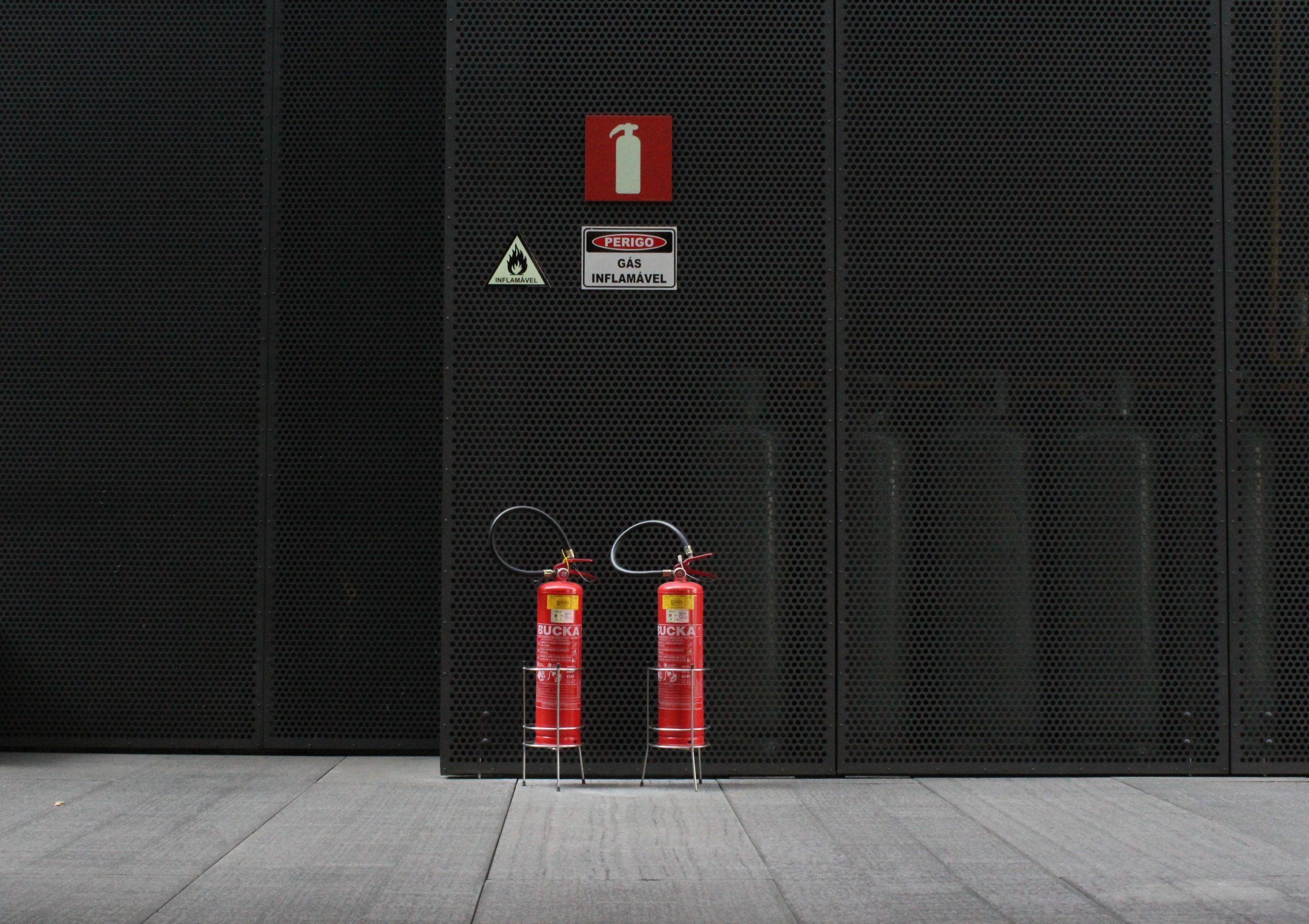Sydney’s fire safety rules are more than a straightforward checklist. The Annual Fire Safety Statement is the core of the system. It not only satisfies the legal standards, but also displays the owner’s dedication and dedication to security. Alongside the Fire Safety Certificate, the AFSS is the foundation of a structured system that ensures the safety of the building’s occupants as well as assures insurers and assures councils of the buildings of their city.

Why is there an Annual Fire Safety Statement
The Annual fire safety statement Sydney requirements were never intended to be paperwork for the sake of paperwork. Fire protection systems can only be efficient if they are regularly maintained as well as tested and certified. Sprinklers installed ten or more years ago could appear nice but they will not be effective in a crisis If they’re not regularly inspected.
The AFSS demands that owners prove each year that all of their fire protection features, including alarms, hydrants and exit lighting, are in good working order and conform to the requirements originally set out by the Building Code of Australia. This is more than an inspection. It’s a public statement that lives will be protected and that the structure is able to withstand in the event of a catastrophic fire.
The difference between AFSS Certificates and Fire Safety Certificates
Many homeowners confuse the annual statement with the Fire Safety Certificate, but their purposes differ. The certificate will be issued after a system has been put in place or major changes have been made. The certificate confirms that the new measures comply with the regulations prior to a building or tenancy agreement is signed. The AFSS is a later step. It’s a routine duty that ensures the systems meet the specifications each year.
Together, they form an entire cycle of protection. certificates confirm that safety measures are installed correctly, and annual statements ensure those systems are maintained throughout the building’s life. If any of the steps are not followed and the whole chain of protection is at risk.
The building owners’ responsibility
The AFSS in New South Wales has a distinct feature that puts all responsibility for the process on the property owner. The AFSS is not a list of defects that can be classified, unlike other forms where they are classified as serious or minor. The whole statement is null if even one of the measures fail.
Owners must play an active role. They have to schedule inspections, engage qualified professionals, plan repairs, and submit documents with council–all while meeting strict deadlines. For commercial landlords and strata committees, this also involves coordination between tenants and contractors as well as insurers. Although challenging, the structure was created to ensure the safety of tenants will never be affected.
The Impact of AFSS on Sydney
Beyond compliance with law Beyond legal compliance, the AFSS is more extensive in its implications. Tenants often inquire about the latest safety declaration of a building in deciding if they wish to lease the space, and insurance companies often require a copy prior to deciding on coverage. A current Annual fire safety statement can therefore influence property value, tenant confidence, and even insurance premiums.
Councils can rest assured that the thousands of Sydney structures are systematically monitored. It also means that firefighters can have greater confidence in the systems’ ability to function during emergencies. This reduces risks for firefighters as well as the occupants. The AFSS doesn’t just concern safeguarding buildings. It is also about making the city more secure overall.
Conclusion: AFSS As a Standard of Trust
The annual statement on fire safety Sydney obligation may seem as a bureaucratic obstacle, but in reality, it’s a mark of trust. It is a sign that fire safety measures are not placed in the hands of chance. It also demonstrates that the equipment is trustworthy and that the building owners are taking on their own responsibility for their tenants wellbeing. When it’s paired with a Fire Safety Certificate, it completes a system of verification that confirms both the construction and continual performance of crucial security measures.
For owners of properties, the message is clear: the AFSS is much more than just an annual date. It’s an obligation to the community trust, safety and accountability. The AFSS is essential in Sydney’s rapidly expanding urban landscape, which has a lot of people relying on dependable and secure buildings.